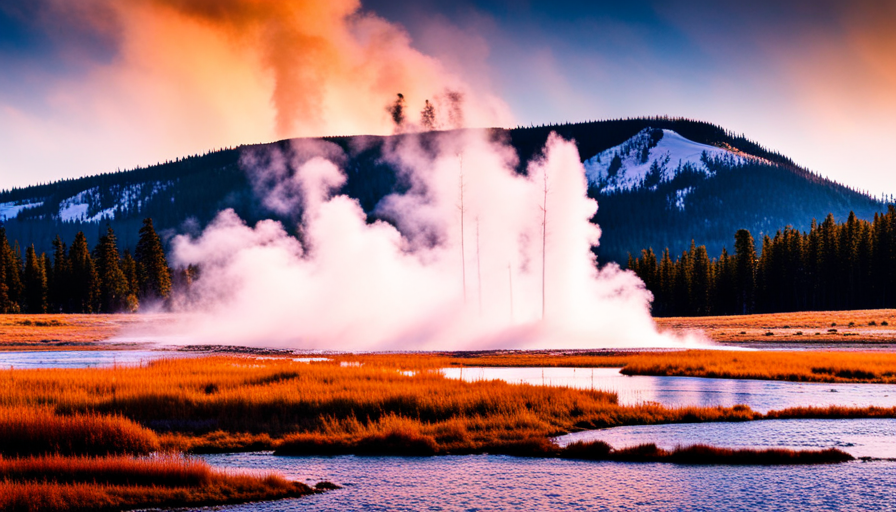Yellowstone National Park is a natural wonderland that attracts over 3.5 million visitors each year. With its diverse range of wildlife, geothermal features, and hiking trails, it’s no wonder that Yellowstone has become a must-see destination for nature lovers and outdoor enthusiasts alike.
However, with so much to see and do in the park, it’s important to plan your visit carefully to make the most of your time there.
In this article, we’ll explore the best time to visit Yellowstone based on a range of factors, including weather, wildlife, and other considerations. We’ll provide you with all the information you need to plan your dream trip, whether you’re interested in hiking, camping, or wildlife watching.
By the end of this article, you’ll be prepared to discover the beauty and wonder of Yellowstone National Park at the perfect time of year.
Visiting Yellowstone
When planning a visit to Yellowstone, it is important to consider the park’s high visitation rate of over 3.5 million visitors annually and to be aware of the best times to visit, which are typically in the offseason between April and November to avoid crowds and potential park closures.
During the winter season, visitors should confirm open routes and accessible trails before planning a trip, as the park shuts down all but the north entrance for several months. However, for those comfortable with cooler weather and prepared for winter camping, a visit during this time can offer a unique experience.
To avoid crowds during peak season, visitors should aim to arrive early in the morning and avoid areas with parking lots. It is also important to be aware of park closures and campground availability before planning a trip.
For those interested in specific activities, the best time to visit may vary. Overall, the best time to visit Yellowstone depends on desired activities and comfort in cooler weather.
Wildlife Viewing
Wildlife can be observed in Yellowstone’s valleys, including black bears in Hayden Valley and grizzly bears in Pelican Valley, making it a popular destination for animal enthusiasts.
Bison, elk, and wolves are also commonly sighted in the park.
Spring is the best time to see animals as they come out of hibernation, and visitors should bring bear spray for safety.
Yellowstone is home to mule deer and white-tailed deer, which can be seen grazing in fields and along roadsides.
The best time to see bears is in early summer when fish begin spawning, and visitors should be cautious and keep a safe distance from all wildlife.
With careful planning and respect for the park’s inhabitants, visitors can have an unforgettable experience observing Yellowstone’s diverse wildlife.
Trails and Camping
Trails in Yellowstone National Park may close in winter, but most open in the middle of May, providing ample opportunities for hiking and backcountry camping. However, visitors should be aware that some trails can be treacherous and cause injuries to less experienced hikers. It is essential to check trail conditions and closures before embarking on a hike in Yellowstone.
Backcountry camping permits are available up to 48 hours before a trip and can be obtained at various locations in the park. Winter camping is available through backcountry permits, but it requires a heater and a more experienced camper.
Yellowstone National Park offers a unique camping experience, with a range of options for visitors. The park’s campgrounds close at the end of September, so visitors should plan their trips accordingly. Backcountry camping permits allow visitors to stay in the park’s wilderness for up to three days, with groups of up to 12 people permitted in the same location. It is important to note that winter camping requires more preparation and experience, as temperatures can drop significantly.
Overall, Yellowstone’s trails and camping opportunities offer visitors a chance to explore the park’s stunning beauty and connect with nature.

